Back to Courses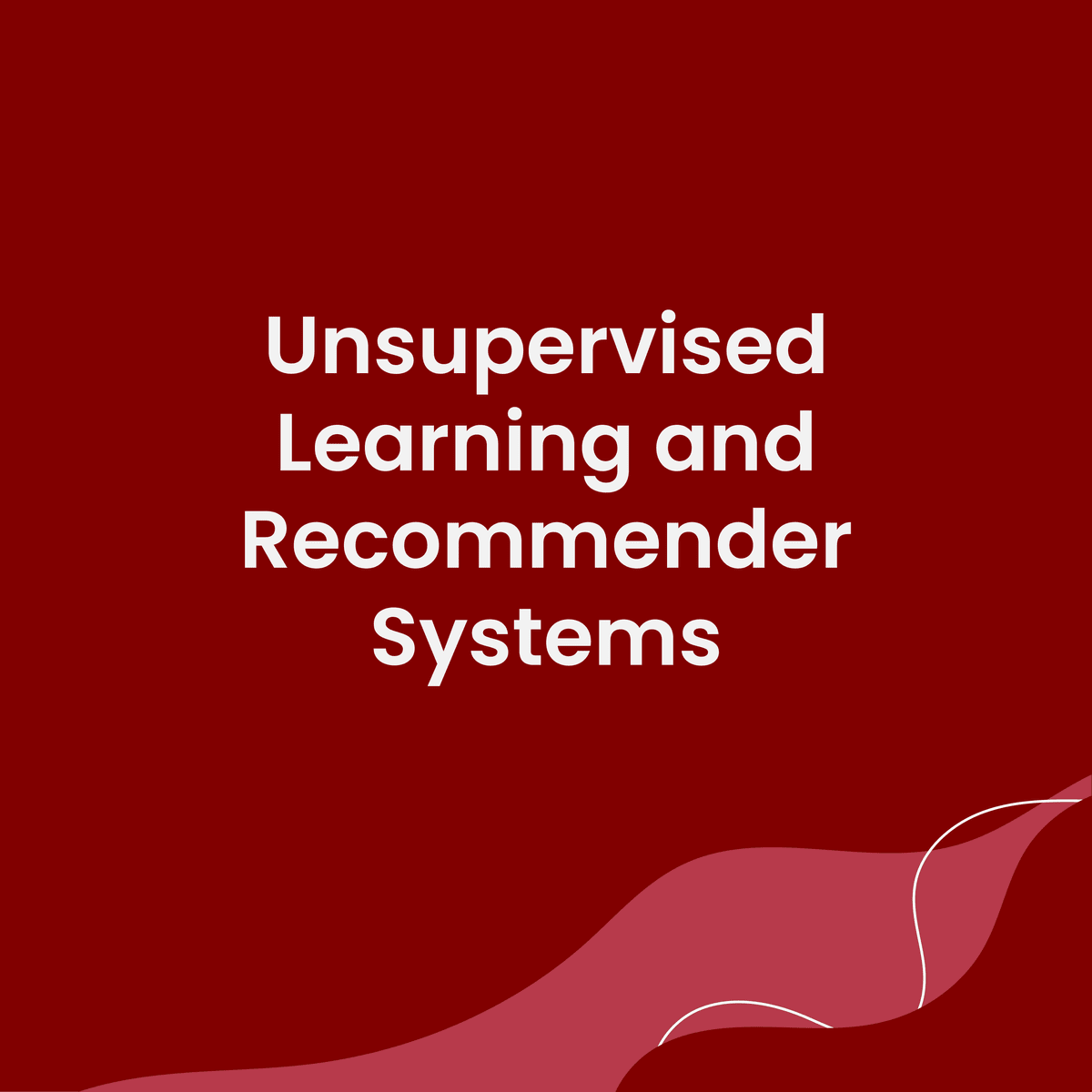

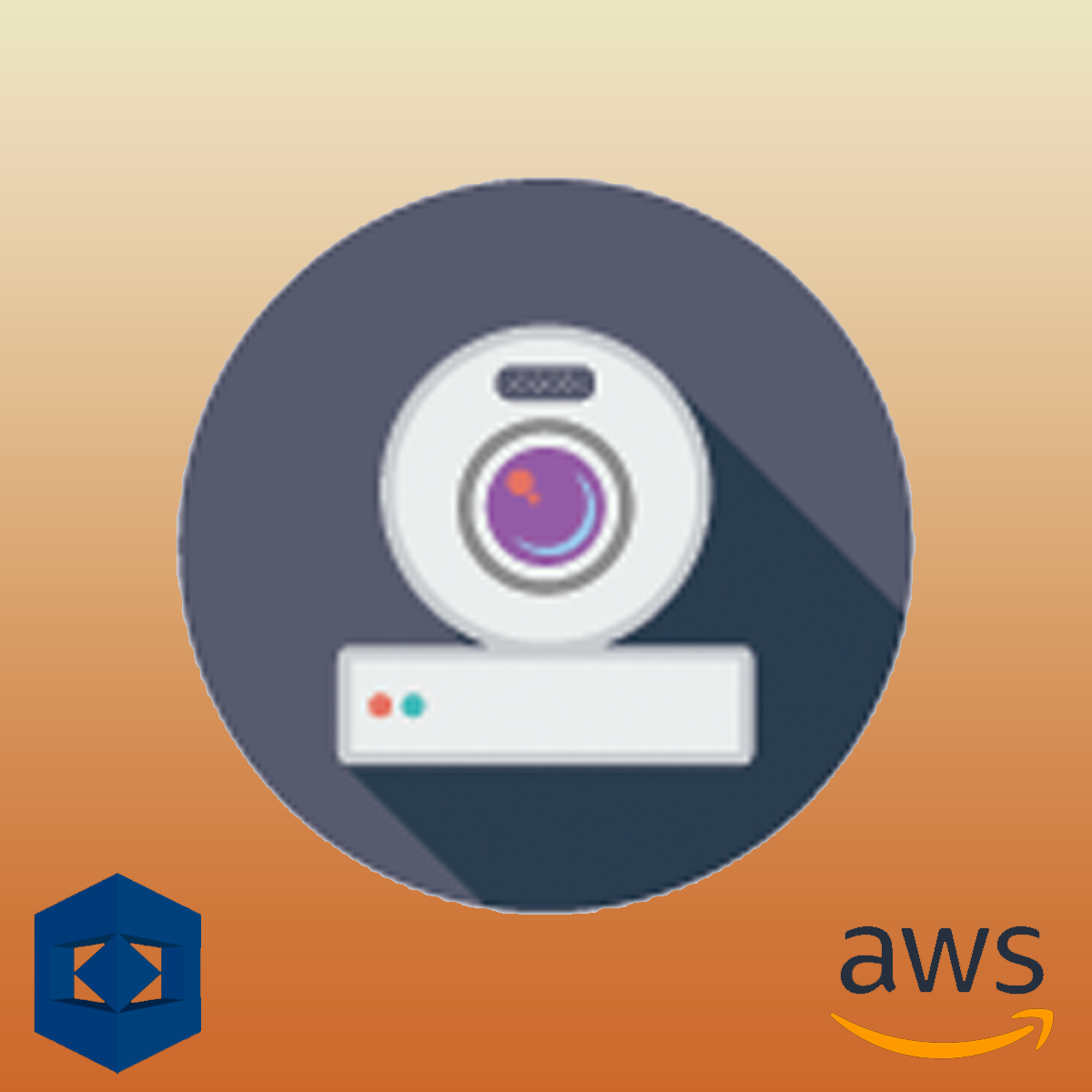

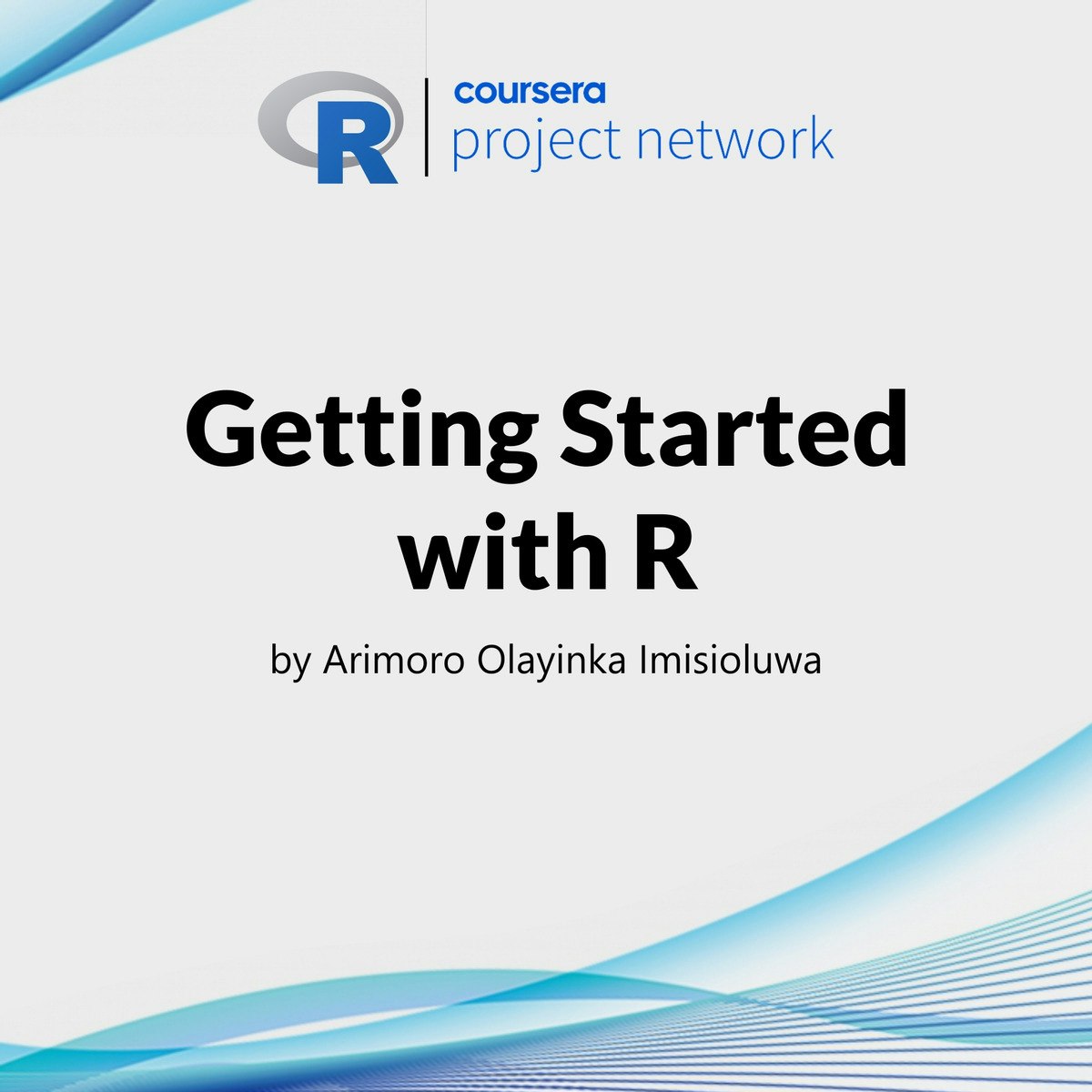

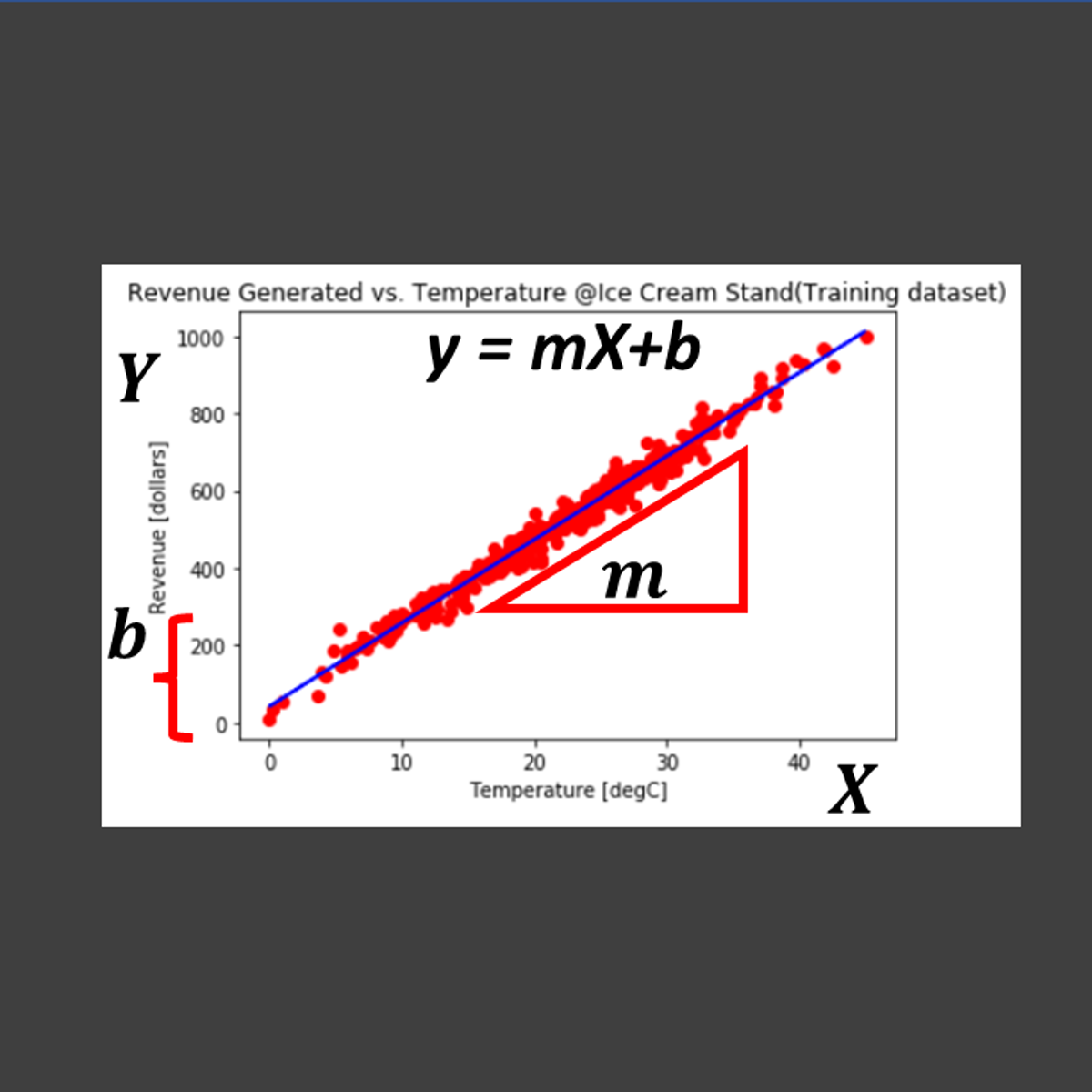
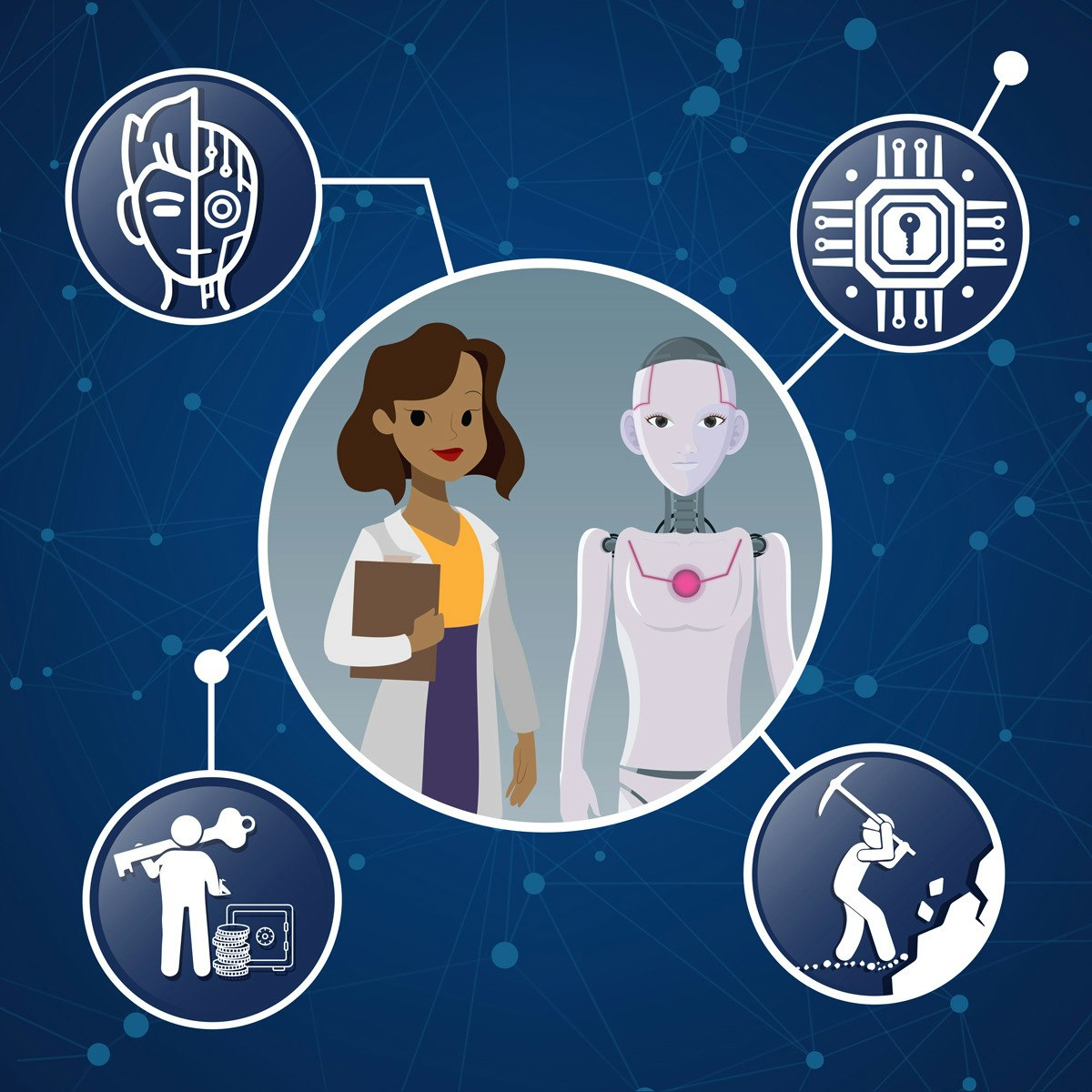
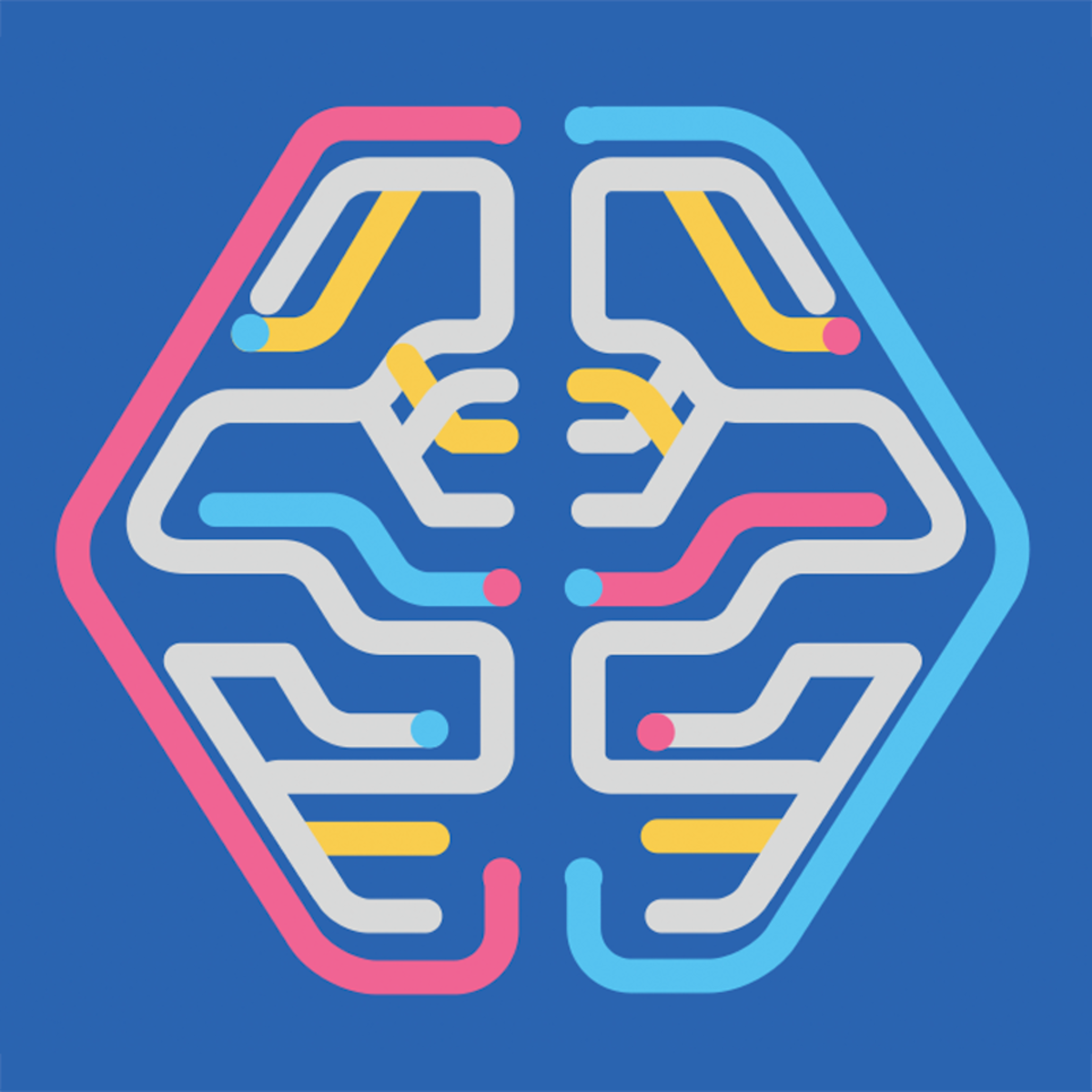

Machine Learning Courses - Page 47
Showing results 461-470 of 485

Unsupervised Learning, Recommenders, Reinforcement Learning
In the third course of the Machine Learning Specialization, you will:
• Use unsupervised learning techniques for unsupervised learning: including clustering and anomaly detection.
• Build recommender systems with a collaborative filtering approach and a content-based deep learning method.
• Build a deep reinforcement learning model.
The Machine Learning Specialization is a foundational online program created in collaboration between DeepLearning.AI and Stanford Online. In this beginner-friendly program, you will learn the fundamentals of machine learning and how to use these techniques to build real-world AI applications.
This Specialization is taught by Andrew Ng, an AI visionary who has led critical research at Stanford University and groundbreaking work at Google Brain, Baidu, and Landing.AI to advance the AI field.
This 3-course Specialization is an updated and expanded version of Andrew’s pioneering Machine Learning course, rated 4.9 out of 5 and taken by over 4.8 million learners since it launched in 2012.
It provides a broad introduction to modern machine learning, including supervised learning (multiple linear regression, logistic regression, neural networks, and decision trees), unsupervised learning (clustering, dimensionality reduction, recommender systems), and some of the best practices used in Silicon Valley for artificial intelligence and machine learning innovation (evaluating and tuning models, taking a data-centric approach to improving performance, and more.)
By the end of this Specialization, you will have mastered key concepts and gained the practical know-how to quickly and powerfully apply machine learning to challenging real-world problems. If you’re looking to break into AI or build a career in machine learning, the new Machine Learning Specialization is the best place to start.

Python Optical Character Recognition using Pytorch
Note: The rhyme platform currently does not support webcams, so this is not a live project.
This guided project is about optical character recognition using Pythorch, a Python library. This comes under the computer vision domain.
While you are watching me code, you will get a cloud desktop with all the required software pre-installed. This will allow you to code along with me. After all, we learn best with active, hands-on learning.
Note: This project works best for learners who are based in the North America region. We’re currently working on providing the same experience in other regions.

Deploy a Video indexing Application using Amazon Rekognition
In this one-hour project, you will understand how Amazon Rekognition works for video analysis and what information is generated for video indexing. You will learn how to deploy a Web Application that uses the AWS SDK to upload and index videos to detect faces, objects, and labels in scenes, maturity content, identify celebrities, and more.
Amazon Rekognition is one of the most used Artificial Intelligence services in AWS and is favored to analyze images and videos with colossal confidence and low costs.
Once you're done with this project, you will be able to use Amazon Rekognition to analyze and index your videos in just a few steps.

Neural Network Visualizer Web App with Python
In this 2 hour long project-based course, you will learn to create a Neural Network Visualizer web application using Streamlit, and a simple model server using Keras and Flask. You will also use Keras to train a Neural Network model, and use Keras' functional API to create a model with multiple outputs. We will create a web application that will visualize the outputs of all the nodes of all the layers of the neural network for a given input image.
In order to complete this project successfully, you will need prior programming experience with Python, understanding of the theory behind neural networks, and familiarity with Keras.
Note: This course works best for learners who are based in the North America region. We’re currently working on providing the same experience in other regions.

Getting Started with R
In this 2 hour-long project, you will learn the basics of R programming language. In addition, you will take your first steps in the use of R programming language for Data Analysis.
By the end of this 2-hour long project, you will understand how to use the R GUI called R studio. By extension, you will learn the different data types and data structures used in R. Finally, you will learn how to install packages and how to import data sets into the R studio work space.
This course is aimed at learners who are looking to get started with the R programming language. There are no hard prerequisites and any competent computer user should be able to complete the project successfully.

Digital Manufacturing & Design
This course will expose you to the transformation taking place, throughout the world, in the way that products are being designed and manufactured. The transformation is happening through digital manufacturing and design (DM&D) – a shift from paper-based processes to digital processes in the manufacturing industry. By the end of this course, you’ll understand what DMD is and how it is impacting careers, practices and processes in companies both large and small.
You will gain an understanding of and appreciation for the role that technology is playing in this transition. The technology we use every day – whether it is communicating with friends and family, purchasing products or streaming entertainment – can benefit design and manufacturing, making companies and workers more competitive, agile and productive. Discover how this new approach to making products makes companies more responsive, and employees more involved and engaged, as new career paths in advanced manufacturing evolve.
Main concepts of this course will be delivered through lectures, readings, discussions and various videos.
This is the first course in the Digital Manufacturing & Design Technology specialization that explores the many facets of manufacturing’s “Fourth Revolution,” aka Industry 4.0, and features a culminating project involving creation of a roadmap to achieve a self-established DMD-related professional goal. To learn more about the Digital Manufacturing and Design Technology specialization, please watch the overview video by copying and pasting the following link into your web browser: https://youtu.be/wETK1O9c-CA

Simple Linear Regression for the Absolute Beginner
Hello everyone and welcome to this hands-on guided project on simple linear regression for the absolute beginner. In simple linear regression, we predict the value of one variable Y based on another variable X. X is called the independent variable and Y is called the dependent variable. This guided project is practical and directly applicable to many industries. You can add this project to your portfolio of projects which is essential for your next job interview.

How Entrepreneurs in Emerging Markets can master the Blockchain Technology
In this course, you will gain a thorough understanding of the blockchain and distributed ledger technologies, including an introduction to the necessary foundations in cryptography. The course will discuss blockchain as a distributed ledger and introduce distributed consensus as a mechanism to maintain the integrity of the blockchain. The other revolutionary technologies that are changing the world as we speak are artificial intelligence and machine learning. You will learn about the three major types of AI algorithms: supervised and unsupervised machine learning, as well as reinforcement learning.
You will learn about the application of blockchain outside of finance. In particular, how blockchain fundamentally changes the way we deal with our personal data. You will see how the web 2.0 model--where big companies like facebook and google collect as much of your personal data as possible to sell it to third parties--is coming to an end. The new web 3.0 is decentralized and uses the power of the blockchain to put users in full control over their own data. Finally, we will look at the benefits and considerations of blockchain and whether blockchain is the right solution for your problem.
#UCTFintech

Feature Engineering
Want to know about Vertex AI Feature Store? Want to know how you can improve the accuracy of your ML models? What about how to find which data columns make the most useful features? Welcome to Feature Engineering, where we discuss good versus bad features and how you can preprocess and transform them for optimal use in your models. This course includes content and labs on feature engineering using BigQuery ML, Keras, and TensorFlow.

Applied AI with DeepLearning
>>> By enrolling in this course you agree to the End User License Agreement as set out in the FAQ. Once enrolled you can access the license in the Resources area <<<
This course, Applied Artificial Intelligence with DeepLearning, is part of the IBM Advanced Data Science Certificate which IBM is currently creating and gives you easy access to the invaluable insights into Deep Learning models used by experts in Natural Language Processing, Computer Vision, Time Series Analysis, and many other disciplines. We’ll learn about the fundamentals of Linear Algebra and Neural Networks. Then we introduce the most popular DeepLearning Frameworks like Keras, TensorFlow, PyTorch, DeepLearning4J and Apache SystemML. Keras and TensorFlow are making up the greatest portion of this course. We learn about Anomaly Detection, Time Series Forecasting, Image Recognition and Natural Language Processing by building up models using Keras on real-life examples from IoT (Internet of Things), Financial Marked Data, Literature or Image Databases. Finally, we learn how to scale those artificial brains using Kubernetes, Apache Spark and GPUs.
IMPORTANT: THIS COURSE ALONE IS NOT SUFFICIENT TO OBTAIN THE "IBM Watson IoT Certified Data Scientist certificate". You need to take three other courses where two of them are currently built. The Specialization will be ready late spring, early summer 2018
Using these approaches, no matter what your skill levels in topics you would like to master, you can change your thinking and change your life. If you’re already an expert, this peep under the mental hood will give your ideas for turbocharging successful creation and deployment of DeepLearning models. If you’re struggling, you’ll see a structured treasure trove of practical techniques that walk you through what you need to do to get on track. If you’ve ever wanted to become better at anything, this course will help serve as your guide.
Prerequisites: Some coding skills are necessary. Preferably python, but any other programming language will do fine. Also some basic understanding of math (linear algebra) is a plus, but we will cover that part in the first week as well.
If you choose to take this course and earn the Coursera course certificate, you will also earn an IBM digital badge. To find out more about IBM digital badges follow the link ibm.biz/badging.
Popular Internships and Jobs by Categories
Browse
© 2024 BoostGrad | All rights reserved


